During the process of developing the local master plan, Chairman of the Ho Chi Minh City People's Committee Phan Van Mai used the images of "oil stains" and "leopard skin" when observing the city's appearance from a helicopter. This situation requires restructuring the land to maximize the efficiency of all available resources.
"HCMC sees this as a huge potential to exploit and develop land funds while restructuring the multi-center urban model," the Chairman of the HCMC People's Committee shared with reporters after the survey flight.
With the planning of Ho Chi Minh City for the period 2021-2030, with a vision to 2050, recently approved by Prime Minister Pham Minh Chinh, the locality has the basis to solve the above difficult problem. In addition to providing orientations on urban space development, the new planning is also the basis for Ho Chi Minh City to restructure its economy , forming works and projects reaching regional and international levels.
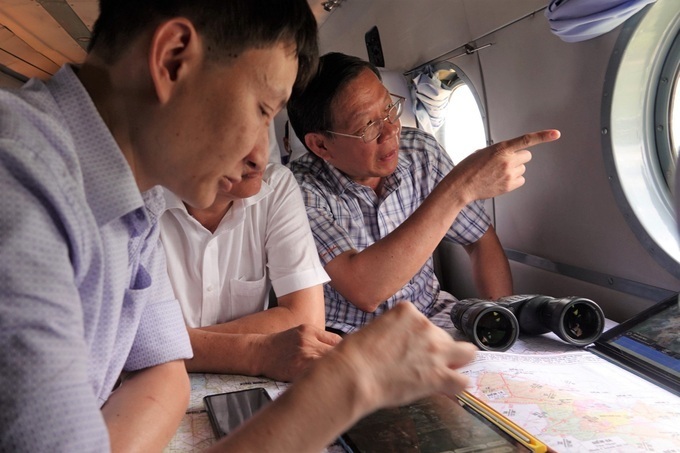
With this master plan, the inner city districts of Ho Chi Minh City play the role of the nucleus, the brain, maintaining the growth momentum for the entire area associated with the new growth pole of Thu Duc City. The suburban areas are rearranged, promoting urbanization, forming new satellite cities, supporting the development of the central area.
Village model in the city, city in the village
In the planning of Ho Chi Minh City for the period 2021-2030, with a vision to 2050, recently approved by Prime Minister Pham Minh Chinh , the multi-center urban model has officially become the direction of the city in the near future.
The districts of Cu Chi, Hoc Mon, Binh Chanh, Nha Be, and Can Gio are required to strive to basically meet the standards for upgrading to a city. The suburban areas are considered important components in the multi-center model that Ho Chi Minh City is aiming for.
From now until 2030, Ho Chi Minh City will continue to focus on arranging commune-level administrative units based on criteria of area and population. Urban and rural models in the suburbs will be developed in the direction of "villages in cities, cities in villages", combining the preservation of inherent values and sustainable development.
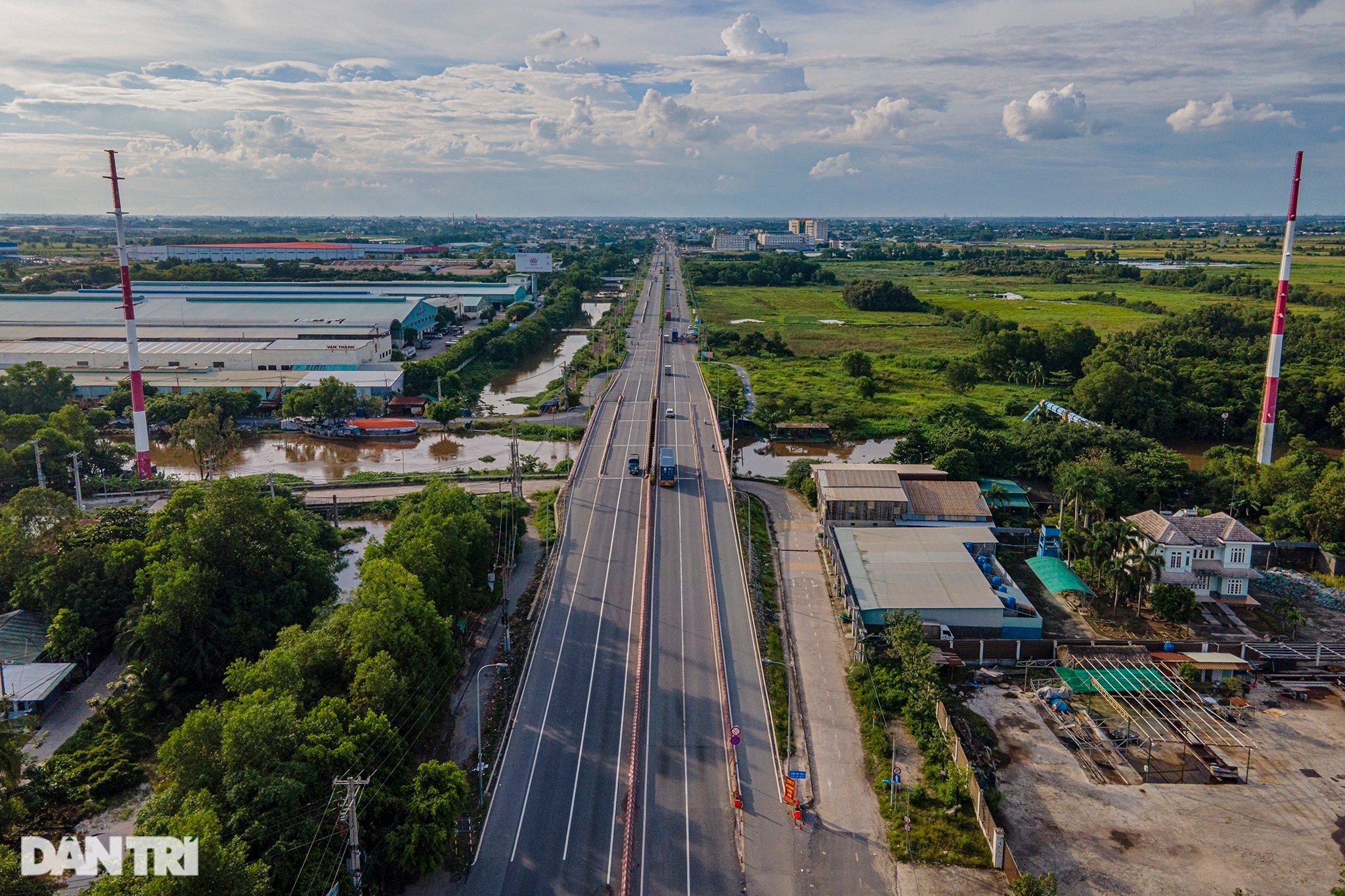
According to the planning scheme, Cu Chi district will be an urbanized area north of Ho Chi Minh City. The district is oriented to be an industrial center, high-tech zone, developing high-tech agriculture , ecological and organic agriculture .
Cu Chi district will form ecological urban areas, trade and services, tourism, entertainment, training, health care. This place will also continue to preserve and promote historical - cultural - revolutionary values and existing institutes and schools.
Hoc Mon district is oriented to develop international university urban areas, trade services, professional training, high-tech industry, logistics, ecological agriculture, organic and high-tech applications...
Binh Chanh District is the western urbanized area of the central urban area with the orientation of being an industrial center, a medical and health care center, a medical - biomedical - pharmaceutical center, education and training, trade and services, ecological agriculture, organic and high-tech applications...
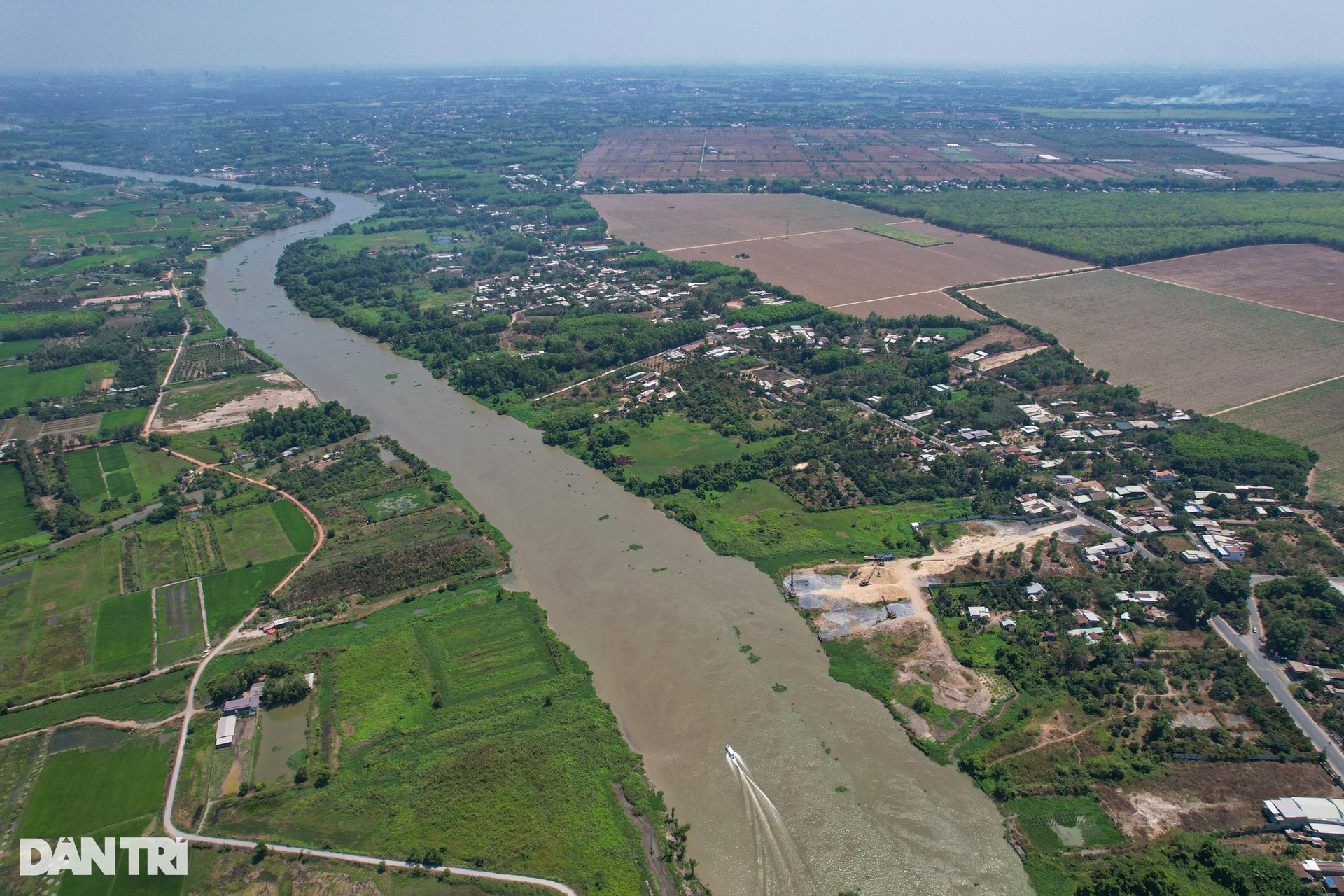
Nha Be District is the southern urbanized area of the central urban area with the orientation of developing seaports and port cities, logistics, concentrated information technology zones, fair - exhibition centers, culture - entertainment, trade - services, high-tech industry, concentrated university area, high-tech medical area, eco-tourism...
Can Gio District will contain important orientations of Ho Chi Minh City such as a center for marine economic development based on an international transit port serving the Southeast Asia region, the Southeast region, Ho Chi Minh City region and the whole country, developing renewable energy, new offshore energy. Can Gio needs to protect and develop the world biosphere reserve - mangrove forests; become a key eco-tourism area with synchronous, modern technical infrastructure, adapting to climate change.
Infrastructure breakthrough to reach the world
Along with the development orientation for each region, the general planning of Ho Chi Minh City also aims to innovate the growth model, shift the economic structure towards prioritizing high-tech industries and high-quality services. Along with that are large projects and plans to move towards the vision of becoming the economic and service center of Asia, the nucleus of Ho Chi Minh City and the Southeast region, the growth pole of the whole country.
The HCMC planning has identified plans for developing functional areas and areas with a driving role. Notably, HCMC will study and report to competent authorities to allow the establishment of a free trade zone (about 1,000-2,000 hectares in Can Gio) associated with the Can Gio international transit port and Ganh Rai bay when conditions are met.
Can Gio district is currently investing in building coastal urban areas, coastal tourism urban areas, and completing the transportation and logistics systems. The transportation system connecting Can Gio with the central area, Thu Duc City, and the suburban areas will gradually take shape.
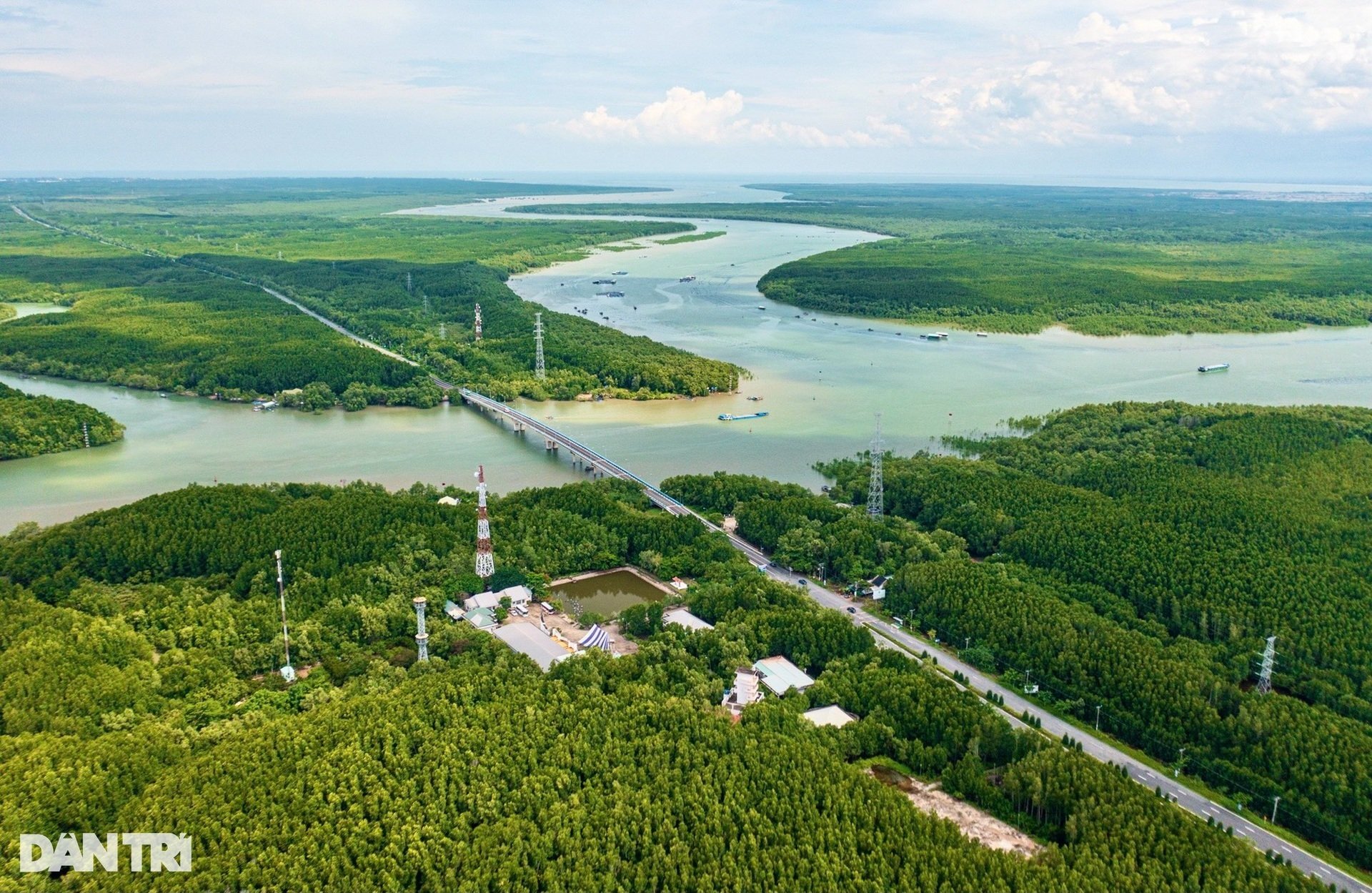
In the future, 10 logistics centers of Ho Chi Minh City will be formed and developed in the areas of Cat Lai, Long Binh, Linh Trung, High-Tech Park, Tan Kien, Hiep Phuoc, Cu Chi, Hoc Mon, Binh Khanh. Ho Chi Minh City's aviation logistics center is located at Tan Son Nhat airport area.
Regarding traffic development, Ho Chi Minh City aims to focus on expressways, national highways, and beltways to ensure inter-regional connectivity and solve gateway congestion. Ho Chi Minh City's planning also aims to build a coastal route connecting the provinces of the Southeast region and the Mekong Delta.
In the next phase, Ho Chi Minh City will continue to invest in railways and urban railways connected to urban areas according to the TOD model, ensuring synchronous connection with the railways of Binh Duong, Dong Nai and Long An provinces. Ho Chi Minh City's 12 urban railways will connect satellite cities, industrial parks and research and develop additional routes connecting to the Can Gio coastal tourism urban area.
Regarding aviation, Tan Son Nhat airport needs to be upgraded to reach a capacity of 50 million passengers/year. Tan Son Nhat International Airport will become one of the two largest international transit hubs in the country. Ho Chi Minh City is also studying the construction of additional airports and helipads to meet the needs of socio-economic development, national defense, security, search and rescue, and tourism and service development.
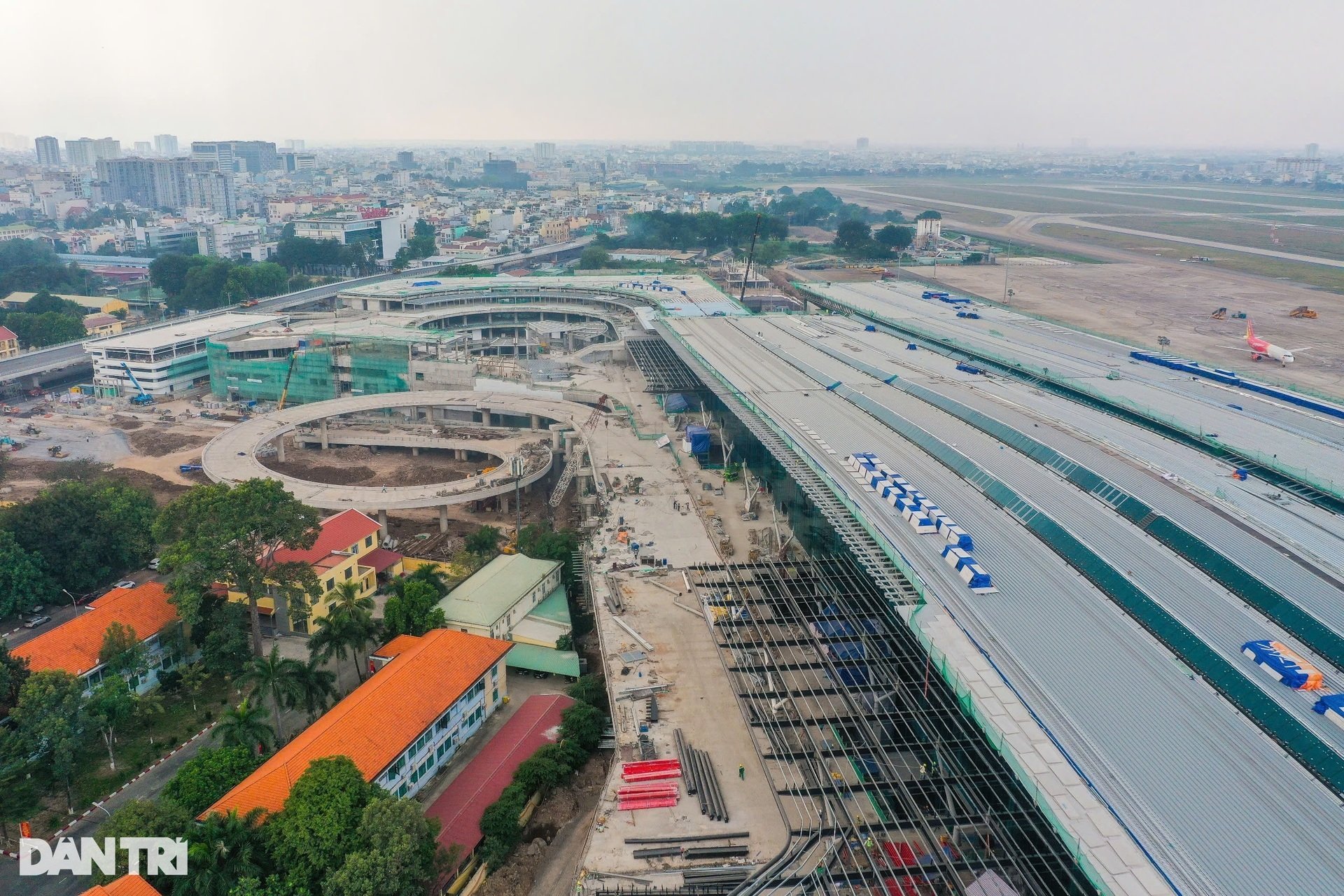
To meet energy needs, the HCMC planning also mentions the implementation of national-level petroleum and gas reserve projects; petroleum and gas pipelines; gas processing and liquefaction projects. Along with that are city-level petroleum depots to serve production and daily life.
In addition, Thu Duc City area will form an innovation, creativity, knowledge, science and technology urban area in Long Phuoc - Tam Da associated with tourism.
High-tech agricultural development areas, fruit growing areas combined with tourism along the Saigon River are located in 3 districts in the northwest of the city: Cu Chi, Hoc Mon, Binh Chanh. The 4th wholesale market of Ho Chi Minh City will be located in Hoc Mon district and Binh Dien wholesale market will become an agricultural logistics center.
The locality also prioritizes the development of a number of high-tech industrial parks and concentrated information technology parks (semiconductor industry, chip manufacturing, microcircuits, electronic equipment, information technology, software, and robotic equipment).
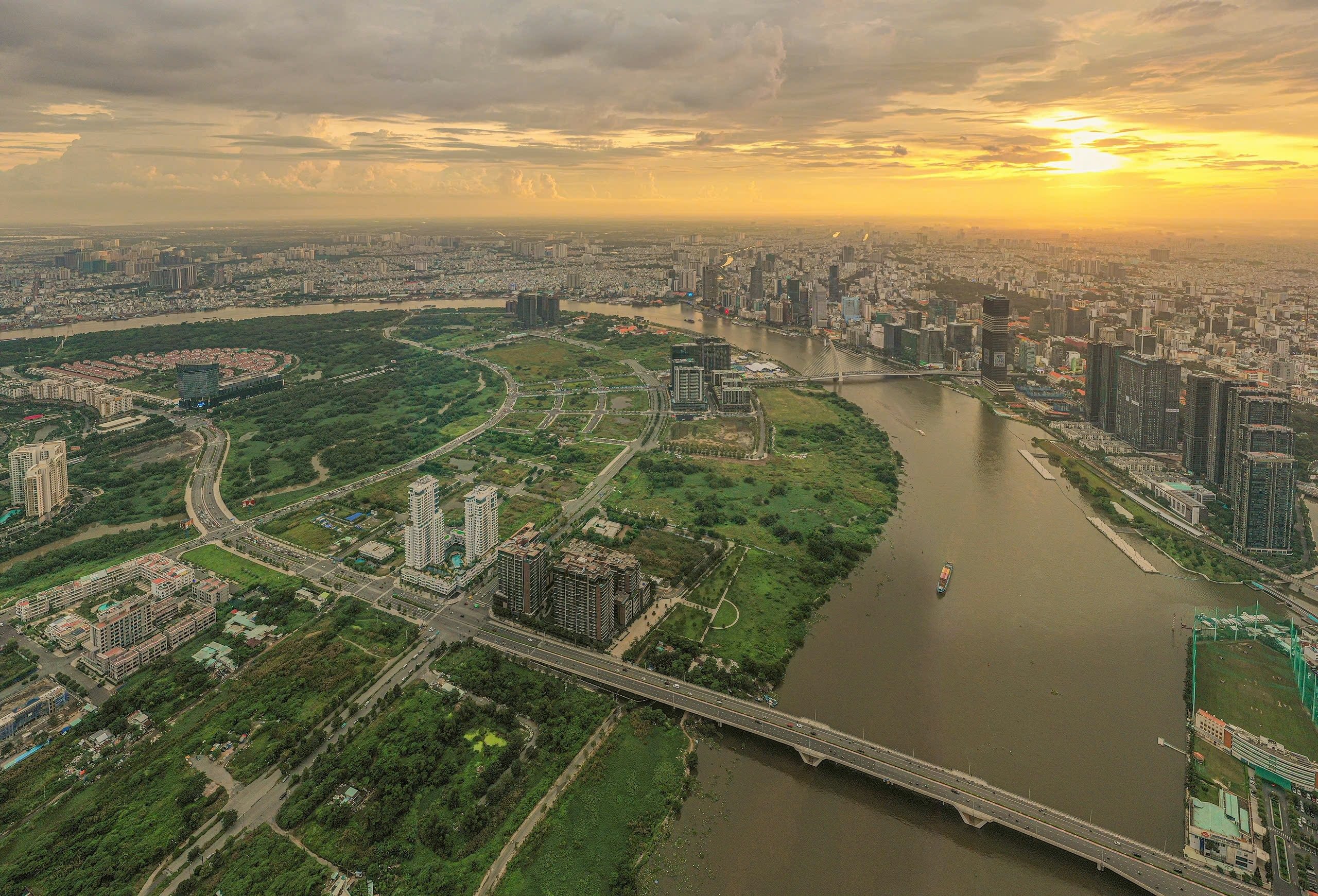




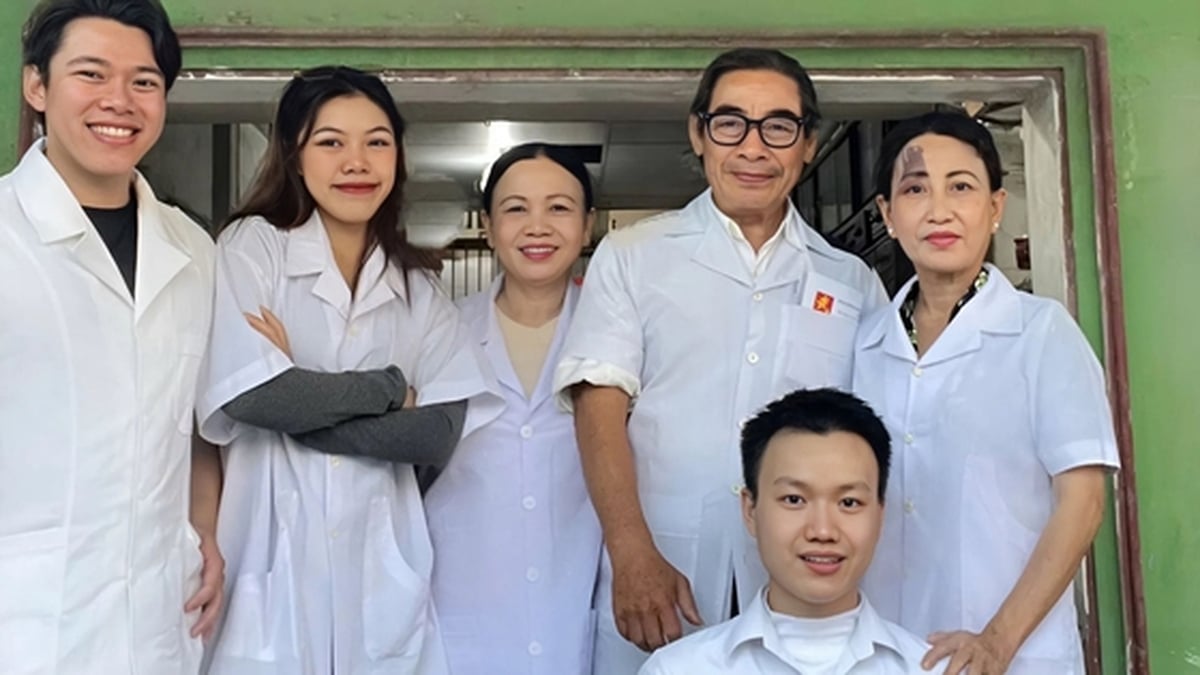



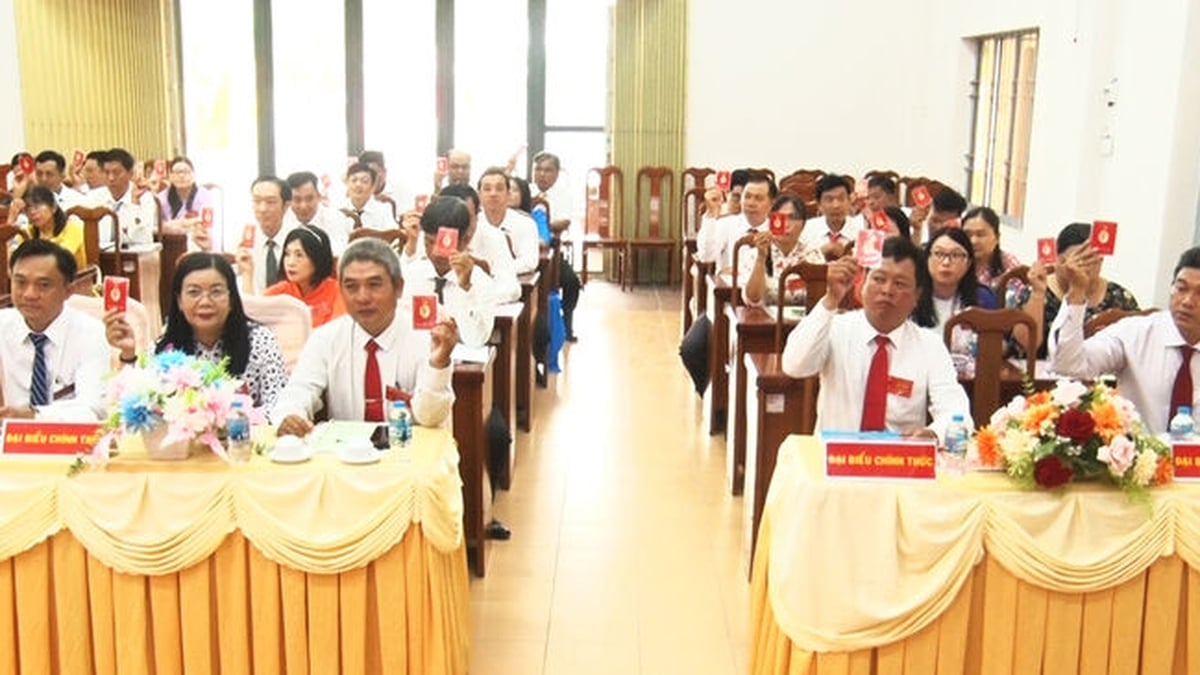
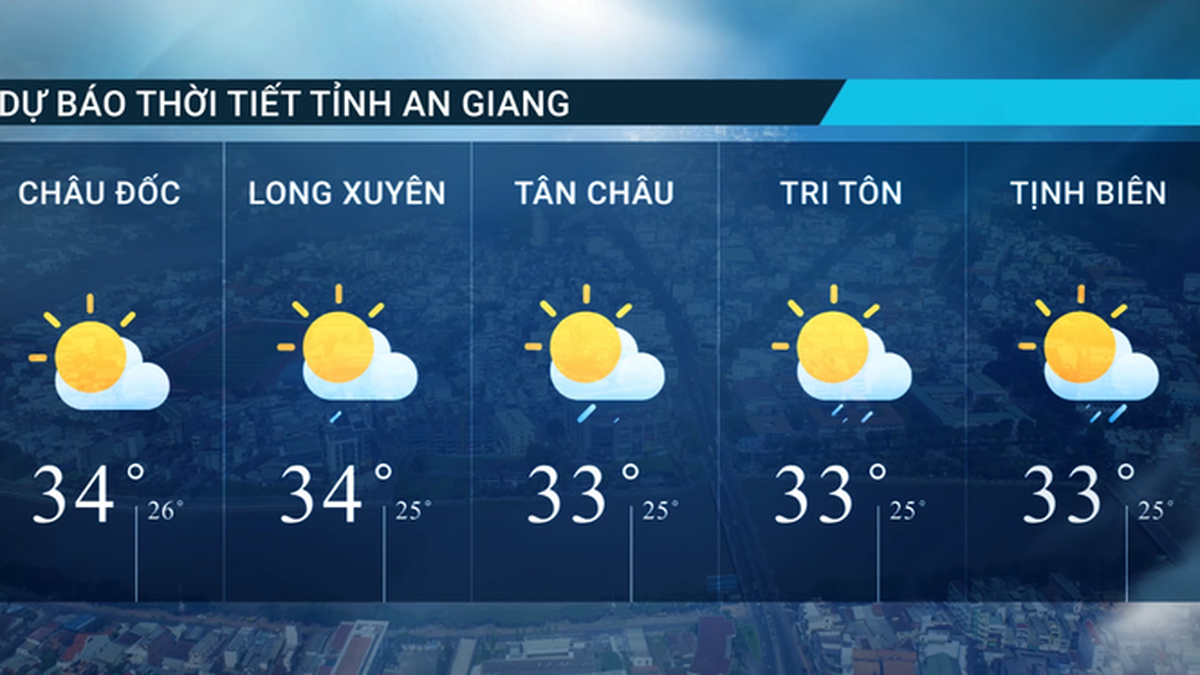






















































































Comment (0)